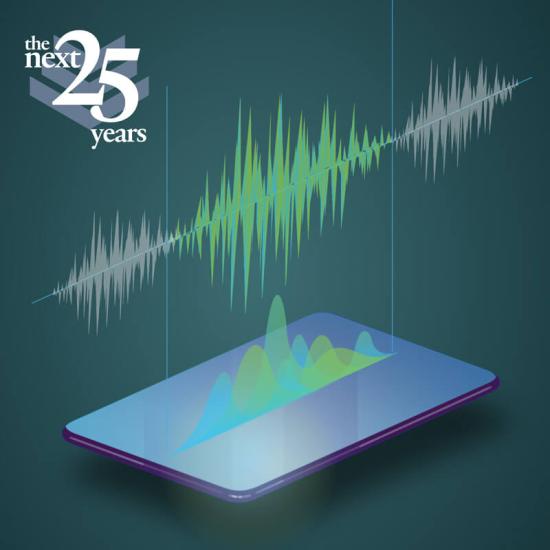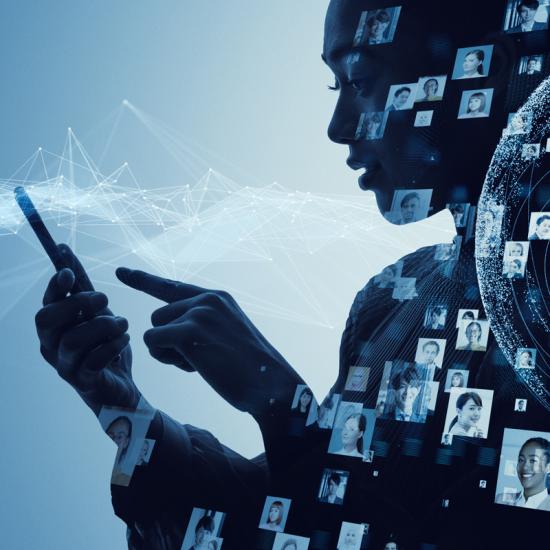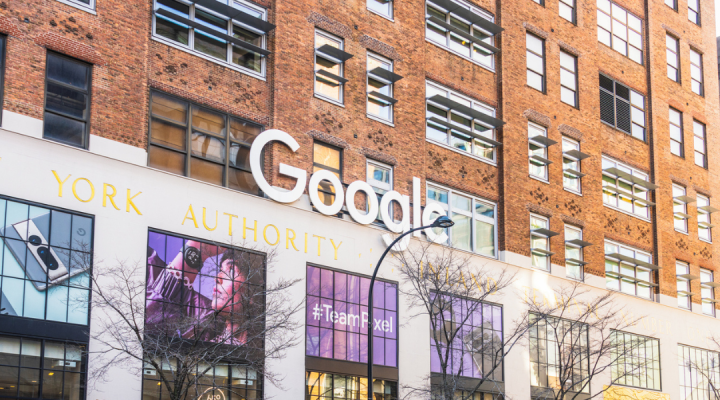Anybody with the faintest interest in brand marketing cannot have failed to notice the predilection for brands to be perceived as ‘ethical’ in recent years, whether it is net-zero carbon pledges or using social messages around issues such as feminism or gay rights to sell their products.
But how can they tell whether the public believe these brands are genuinely committed to sustainability, or whether they view such marketing as shameless greenwashing or woke-washing?

Previously this would have been the job of focus groups, opinion polls and market surveys – the results of which could arrive back many months later. Instead, mining the Babelian din of online conversations, digital footprints, data trails and Twitter missives may offer a more accurate, real-time way for these brands to tap into the zeitgeist.
Trends with benefits
Hypertrends is a new predictive forecasting tool that could help brands scythe through this tangle of data. Initially developed as a research project by three academics in the School’s Oxford Future of Marketing Initiative – Professor Andrew Stephen, Dr Felipe Thomaz, and Dr Gregory Clark – it maps online news channels, such as the BBC, and newspapers, social media posts, WordPress blogs, forums and reviews to help companies understand changes in consumer behaviour that can ultimately be used to predict trends. It works so well, in fact, that the academics who developed it turned it into a company, jointly owned with the University, called Augmented Intelligence Labs – the first commercial spin-out from the School in its 25-year history.
Hypertrends helps big companies forecast the future so that they can make smarter investments on, for example, research and development.
‘Trend identification is a more accurate, smarter in some sense, way to predict the future,“ explains Andrew. “Hypertrends helps big companies forecast the future so that they can make smarter investments on, for example, research and development.’
‘Hypertrends digests the entire ecosystem of conversation across all the networks, and helps businesses understand the centrality of topics,’ adds Marine Escande, formerly Director Solutions Consulting at data/insights firm Kantar, which has used Hypertrends with clients such as L'Oréal and Unilever. (Escande has since moved to Ketchum, where she is Analytics Practice Director.)
‘Trends either evolve from an embryonic stage of being talked about by a small group of people on a random platform or forum, then bubble up slowly, or are propagated online from influencers to have a massive reach. Hypertrends enables us to rationalise that and tell us whether a topic will remain important for the next six to 12 months,’ says Escande. ‘It lifts up the car bonnet and takes a look inside.’
Hypertrends has also been used very effectively by companies wishing to measure their progress against the UN’s Sustainable Development Goals (SDGs) and has already led to some interesting revelations. Says Escande, ‘It’s surprising to see conversations from people online shaming retailers such as Waitrose, Sainsbury’s and Asda for plastic usage, especially for their fruits. There’s a humungous movement against plastic packaging online, especially when compared with the reality you see when shopping.’
Likewise, Hypertrends has enabled firms to understand, ‘how conversations surrounding SDG issues are hyper-politicised in the US, with online movements slamming “hippies” for wind turbines’.
Julie Kollman, Global Head of Consumer Insights at Moet Hennessey, thinks Hypertrends is unique in how it examines “the full ‘360 degree’ view of conversations – who, when, where and what – and the millions of combinations and connections there can be between these factors… it is these combinations and connections that create virality”. No other approach takes this into account, she says.
Flaws of perception
Hypertrends can also give businesses an insight into how their brand is being perceived by underrepresented groups. During the Black Lives Matter protests of 2020, many brands jostled to prove they were anti-racist, despite having non-inclusive workplace cultures and questionable supply chains.
‘We’ve had lots of “a-ha!” moments,’ says Escande. ‘We did some research on diversity and inclusion recently, which was very eye-opening for our clients. There was evidence they didn’t realise because they rarely explored outside their box.’

You cannot be a brand that’s about self-expression and celebration of living, if you’re not acknowledging the realities of people from a mental health perspective.
Hypertrends analysis showed that Netflix scored high on diversity, with online chatter praising it for its colour-conscious casting and disabled and LGBTQ+ representation.
Some of the research Hypertrends unearthed around mental health issues was also revelatory for businesses. ‘You cannot be a brand that’s about self-expression and celebration of living, if you’re not acknowledging the realities of people from a mental health perspective,’ says Escande, who also points out, ‘for anybody who thinks the feminist battle has already been won, it would appear from the data, that’s not the case’.
Hypertrends can help any companies undergoing brand revamps to see whether their expensive advertising campaign has backfired or risks alienating certain groups, or even their core audience.
On a more shadowy note, Hypertrends also allows brands to see if they’re admired by extremist groups: one company discovered it was receiving praise from the racist White Lives Matter organisation. ‘Brands get to see the not-so-nice side too,’ remarks Escande, who notes a ‘barrier with clients often unwilling to hear the reality’.
Techno logic
The technology behind Hypertrends is driven by searching for keywords. ‘The consumers already have a master agreement with the likes of Twitter, Instagram and the blog providers. We then go through these platforms using keyword logic, finding content that matches “XY” keywords, which gives you lots of granularity amid the Wild West of the internet,’ says Escande.
Kantar is primarily using the tool with clients in the fast-moving consumer goods sector. It is particularly useful for chief sustainability officers in companies and marketing departments.

Hypertrends’ ability to detect and analyse trends, then using them to develop long-term predictions to inform strategic decision-making for C-suites, could hopefully abolish the ‘ivory tower’ syndrome.
Plus, as Escande notes, ‘It also helps those in R&D because it touches upon the materials they could be using for packaging.’
Hypertrends’ ability to detect and analyse trends, then using them to develop long-term predictions to inform strategic decision-making for C-suites, could hopefully abolish the ‘ivory tower’ syndrome that bedevils many boards.
'Marketers need as much lead time as they can get in order to respond effectively to new trends,' says Kollman. 'In the age of social media, issues become global movements faster than ever. Hypertrends can help avoid problems by identifying the issues with the potential to scale when there is still time to course correct.' And as Escande emphasises: ‘Hypertrends really does keep your fingers on the pulse of what’s happening.’




